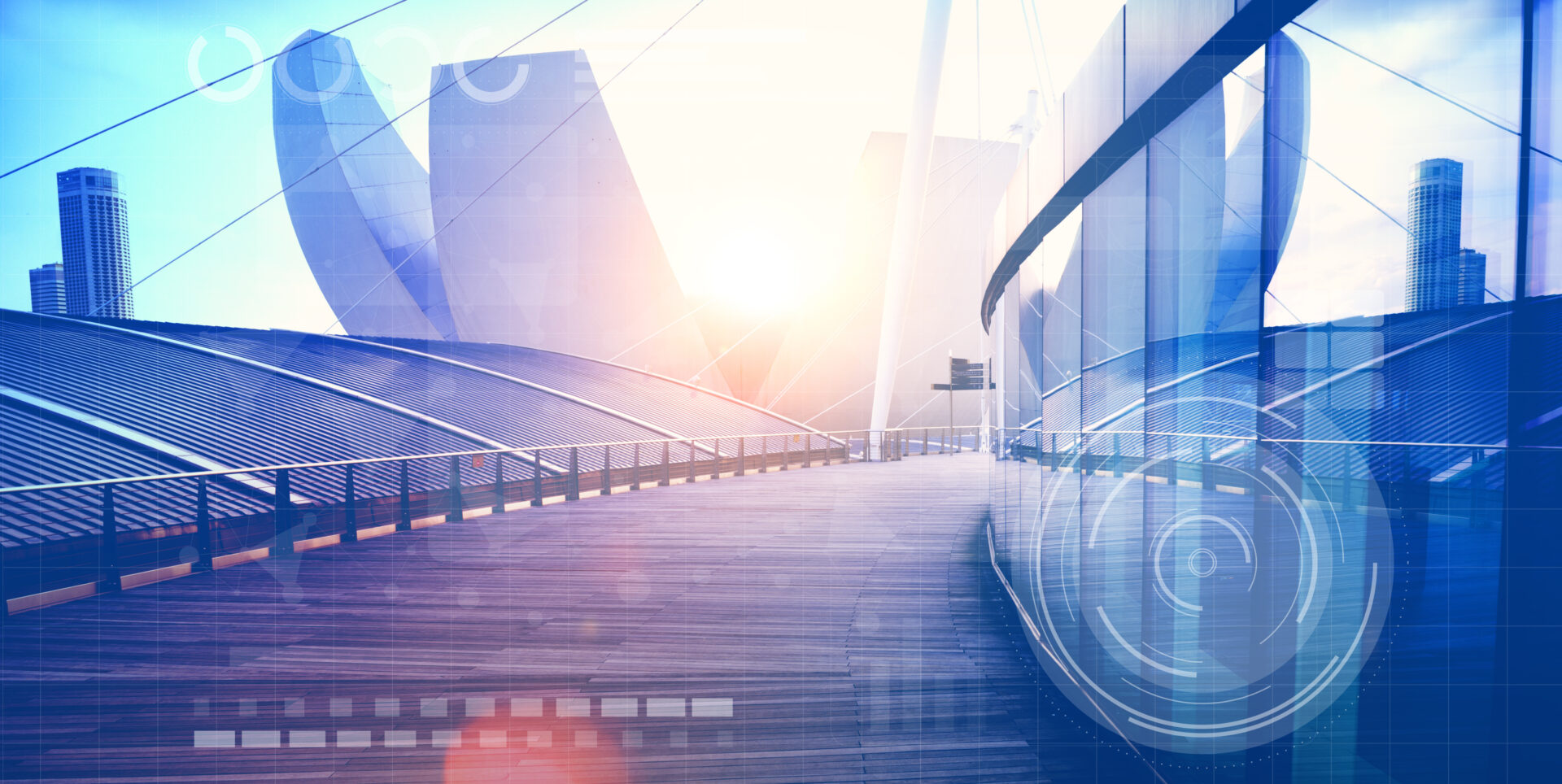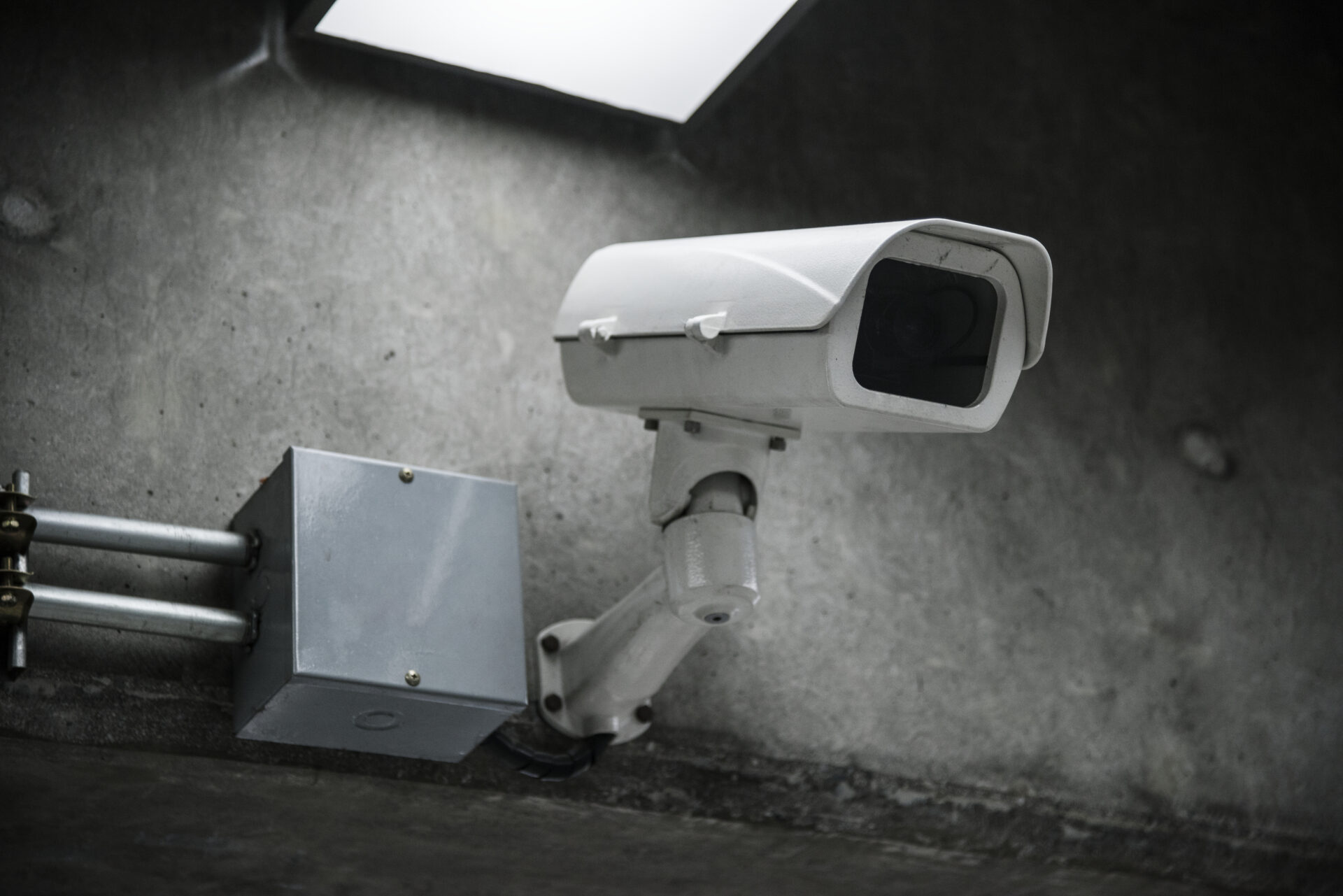The construction industry is undergoing a technological metamorphosis. The dynamic synergy of artificial intelligence (AI) and video analytics has given birth to novel solutions to age-old construction challenges.
AI for construction safety uses advanced algorithms and machine learning models to anticipate and mitigate potential safety risks. On the other hand, AI video analytics extracts actionable insights from video data, ensuring a safer, more productive construction environment.

Data Sources: Fueling AI for Construction Safety
The backbone of any AI system is the data it relies on. Multiple data sources are utilized in the context of AI for construction safety. These include video feeds, project records, accident reports, sensor data, weather data, and employee health records.
Video feeds provide real-time visual data, which, when analyzed, can identify safety violations such as lack of personal protective equipment (PPE), unsafe handling of equipment, and breach of safety protocols.
Project records and accident reports provide historical data that feeds into predictive models, enabling the AI to forecast potential accidents based on patterns and trends.
Moreover, sensor data from IoT devices embedded within the construction site deliver valuable insights about the environment and worker behavior. Weather data assist in understanding external conditions that could impact construction safety. Lastly, employee health records help the system understand individual vulnerabilities, allowing for personalized safety measures.

Sensor Technologies: The Eyes and Ears of AI Video Analytics
Sensor technologies are integral to AI video analytics. They serve as the system’s eyes and ears, collecting the raw data required to fuel AI algorithms. Cameras, accelerometers, temperature sensors, LiDAR, and RFID tags are the key sensors used.
High-definition cameras offer a visual record of the construction site, capturing everything from individual worker movements to large-scale structural changes. Advanced camera systems can recognize specific actions, objects, or safety violations.
Accelerometers, often embedded in workers’ PPE, can detect sudden movements or falls, alerting the system to possible accidents. Temperature sensors monitor the environmental conditions and trigger alerts when potentially hazardous temperatures are reached.
LiDAR technology, using light as a pulsed laser to measure ranges, allows for a three-dimensional view of the construction site. It can detect structural changes, movement of heavy equipment, or potential risks that a simple camera feed might miss.
RFID tags, attached to tools, equipment, or PPE, can track the location and movement of assets around the construction site. They provide essential data about the use and potential misuse of construction resources.
The Harmonious Dance of Data and Sensors in AI Video Analytics
The interplay of data sources and sensor technologies in AI video analytics results in a robust, responsive system that continually enhances construction safety. Data feeds AI models, enabling them to learn, predict, and respond. Sensors provide this data, bridging the physical construction environment and the digital AI system.
Crucially, AI video analytics doesn’t just react to safety incidents; it predicts and prevents them. Analyzing patterns in the data it receives can indicate potential safety breaches before they occur, allowing for preventive measures. This proactive approach is revolutionizing the concept of AI for construction safety.

The Symbiosis of AI and Human Intelligence in Construction Safety
As much as AI for construction safety and AI video analytics represent a seismic shift in safety management, it is crucial to understand that these technologies are not replacements for human intelligence. Instead, they work best in a symbiotic relationship with human decision-making, augmenting our ability to perceive and manage safety risks on construction sites.
AI and machine learning models excel in tasks that involve pattern recognition and predictive analysis over large datasets. They can process vast amounts of data from multiple sources and derive meaningful insights at a scale and speed beyond human capabilities. This ability to crunch big data allows AI to identify safety hazards, predict potential accidents, and alert the relevant personnel, ensuring a safer working environment.
However, while AI systems are exceptional at quantitative analysis, they lack the qualitative understanding that humans inherently possess. Human decision-makers can comprehend complex situations, understand emotional aspects, and use their instincts and experiences in ways AI can’t replicate.
For instance, while AI video analytics can identify a worker not wearing a PPE, it won’t understand why the worker isn’t doing so. Is it because of discomfort, negligence, or lack of availability? These ‘why’ questions are where human intelligence comes into play.
Construction managers and safety officers can use the insights generated by AI to make informed decisions, set safety policies, and design effective training programs. These human-led actions, informed by AI, would rectify immediate safety concerns and address their root causes, leading to long-lasting improvements in safety standards.
Conclusion
The advent of AI for construction safety and AI video analytics represents a profound shift in construction site safety. By leveraging many data sources and advanced sensor technologies, these AI systems can enhance safety measures, reduce accidents, and promote a culture of prevention rather than reaction.
Using AI in construction is more than just an exciting technological trend. It is a promising path towards safer, more efficient construction sites. With continuous advancements in AI and sensor technologies, the future of construction safety looks brighter than ever.



